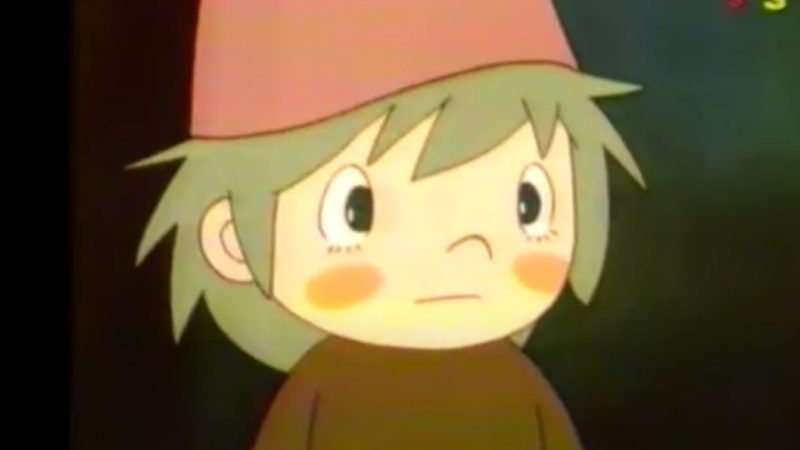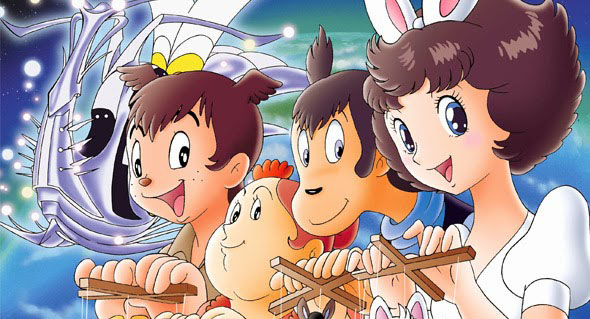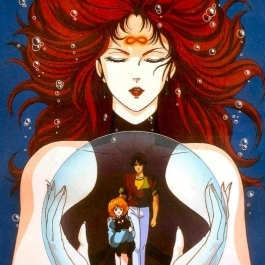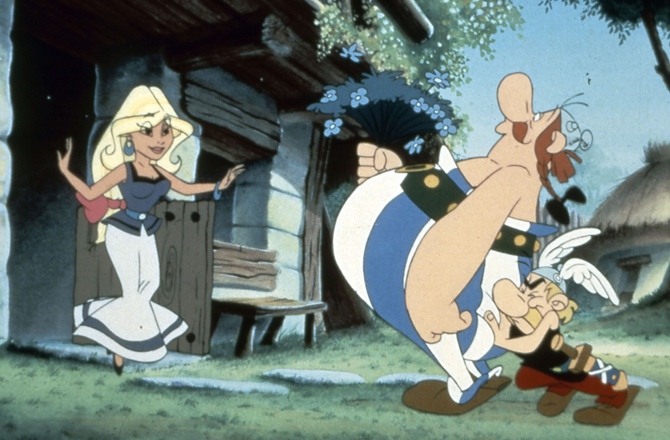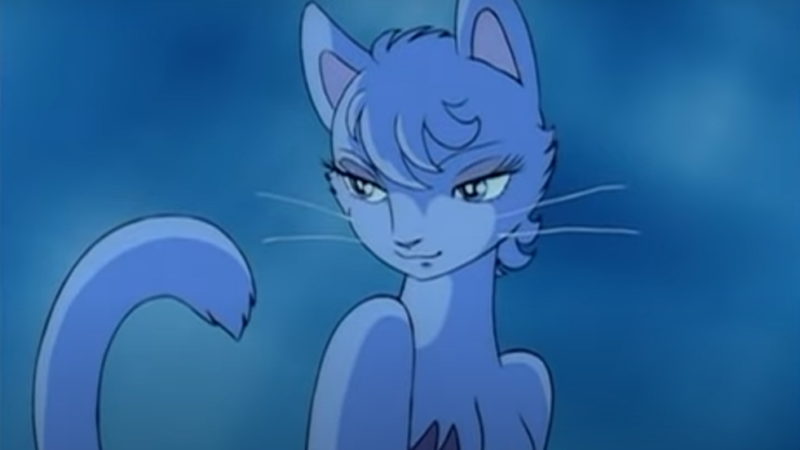Hymn to Latvian childhood from "My Favorite War"
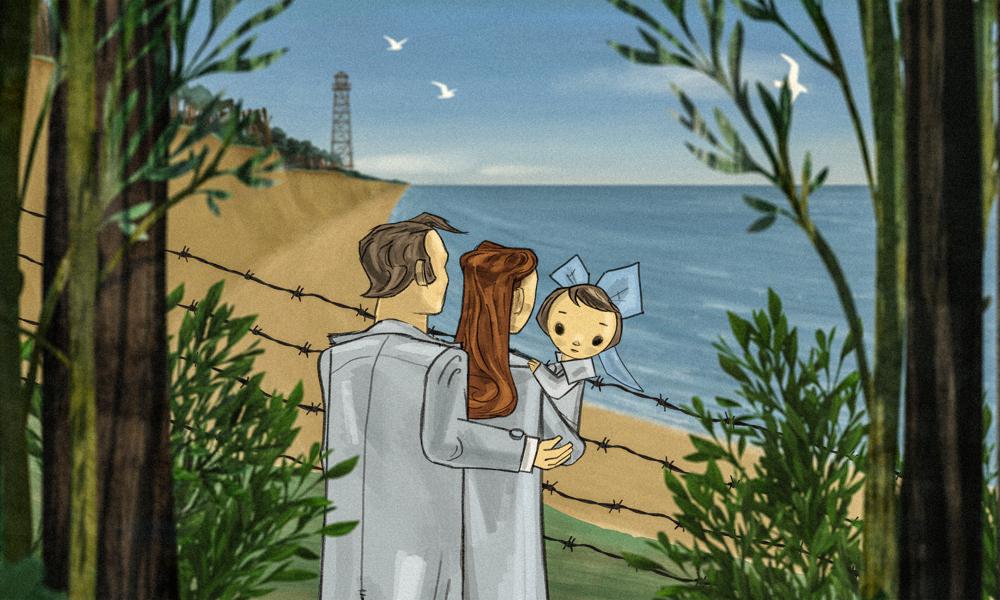
Over the past decade, fans of world cinema have seen several creative writers use animation to tell stories dealing with serious issues and explore difficult socio-political themes. This year, Latvian-Norwegian director Ilze Burkovska Jacobsen continues with this tradition My Favorite War (My favorite war), a powerful look at his experience of growing up under Soviet rule and how that political climate influenced his coming of age. During a recent interview with www.animationmagazine.net, Burkovska Jacobsen talked about the making of his film, which took home the prestigious Contrechamp award in Annecy in June. The title is also selected as one of the feature films in competition at the Ottawa International Animation Festival this month.
“Two of my main sources of film inspiration are those of Marjane Satrapi Persepolis and Ari Folman Waltz with Bashir“, Burkovska Jacobsen says. “Both films tell the story, use animation and are still classified as documentaries. My artistic inspiration was Frida Kahlo. When I first started raising money for my film, I was a little embarrassed that I was using myself in the story. But then I thought about Frida Kahlo and thought, well, we see pictures of her face and body in her paintings, but it still tells the larger story. We see pain, desire, love, accusation and a statement of feminine strength in his paintings, not the painter's self-satisfied face. So I decided then that it was possible to use myself in a film even if at times I felt very uncomfortable “.
She adds: “Of course, in terms of the film's plot, I was inspired by the tremendously dramatic history of my homeland, Latvia, with all the tragic twists and turns of the last century and the 'happy ending' from our Cold War perspective. "
The director says there were various reasons why she decided to combine animation with live and archival footage and photos. “That was the only way for me to view the story the way I wanted to tell it,” he explains. “Making a live-action fiction film would have been too expensive. Also there are no archives or photos of the situations or events of what I wanted to show in my film “.
Burkovska Jacobsen started working on the script for the film about nine years ago. The film's concept artist began contributing designs for the film that same year. However, actual development didn't start until 2014 and production began in late 2016. The team used cropped animation in combination with some 3D and some hand drawn animation for the opening scene of the film. According to the director, the team had a total of five animators: Krish Ābols, Kerija Arne, Toms Burāns, Neil Hammer and Arnis Zemītis. Background artist Laima Puntule, additional character artist Harry Grundmann and storyboard artists Margarita Turauska and Roberts Cinkuss also contributed to the film.
Looking back at the making of his film, Burkovska Jacobsen says the most challenging aspect was understanding his father's plot. “He was a member of the Communist Party because that was the only way to do something as a leader for a community,” he explains. “He was energetic and charismatic and achieved so much. I still miss him, so it's hard to explain today why he joined that party. However, my parents' stories are the stories of millions of other people, who were members of the Communist Party without personally seeing themselves as Communists. Historical and political circumstances left them no choice. This was the reality. As my mother was told, "Become a member or you will lose your job." "
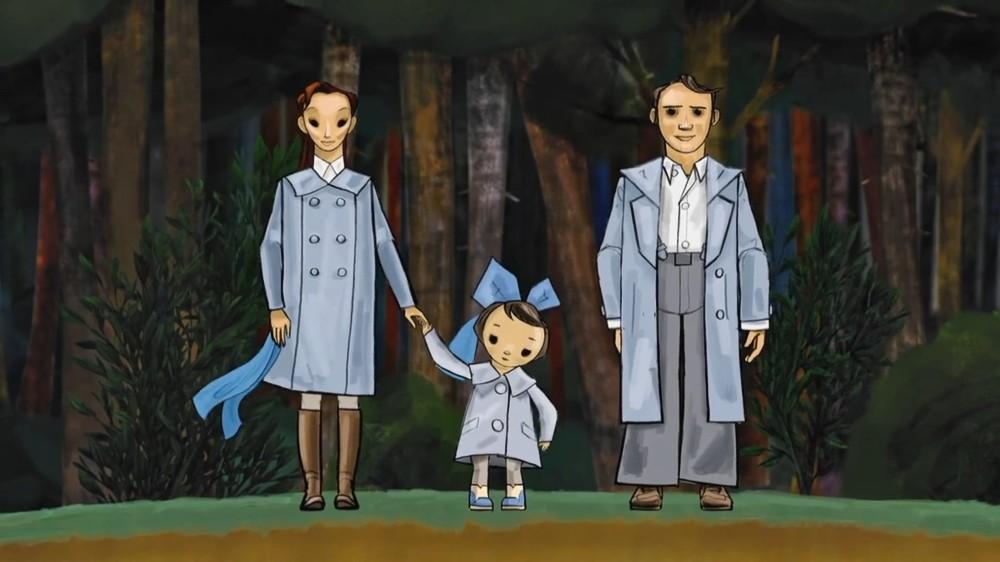


My favorite war
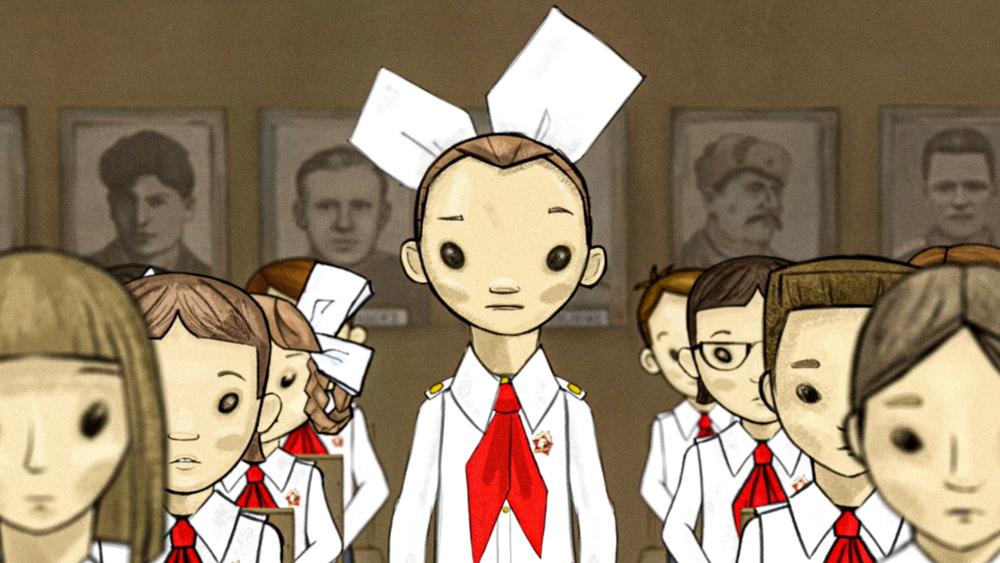


My favorite war
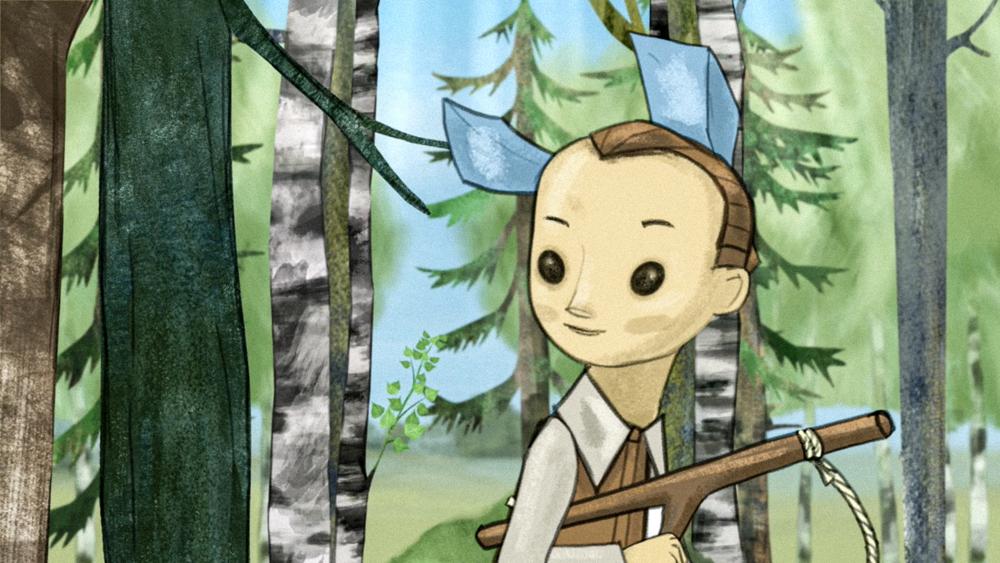


My favorite war
My favorite war is part of this year's feature film program at the Ottawa International Animation Festival. For more information, visit myfavoritewar.com.

